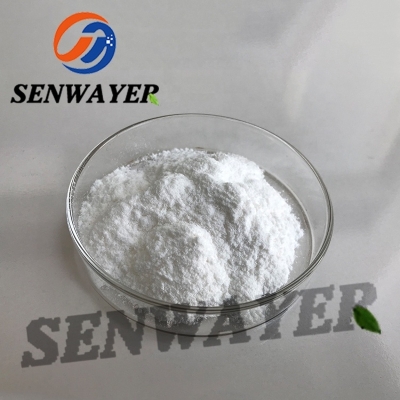-
Categories
-
Pharmaceutical Intermediates
-
Active Pharmaceutical Ingredients
-
Food Additives
- Industrial Coatings
- Agrochemicals
- Dyes and Pigments
- Surfactant
- Flavors and Fragrances
- Chemical Reagents
- Catalyst and Auxiliary
- Natural Products
- Inorganic Chemistry
-
Organic Chemistry
-
Biochemical Engineering
- Analytical Chemistry
- Cosmetic Ingredient
-
Pharmaceutical Intermediates
Promotion
ECHEMI Mall
Wholesale
Weekly Price
Exhibition
News
-
Trade Service
Both the dust particle counter and the dust detector are used to detect the particles based on the principle of laser scattering, but their application fields are different Particle counter is used in clean room, such as medicine, electronics, precision machinery, color tube manufacturing, microorganism and other industries, to monitor the purification effect and level of various clean levels of workbench, purification room and purification workshop, so as to ensure the quality of products The dust detector is mainly used to measure the atmospheric environment, which is suitable for various environmental research institutions, meteorology, public health, labor health, air pollution research and other fields The use environment is applied to the CDC, mines, metallurgy, power plants, chemical manufacturing, health supervision, environmental protection, environmental online monitoring, etc In fact, the difference can be judged by the light scattering principle of the two instruments Let's start with the word aerosol, which is the suspension system of liquid or solid particles in the air Fog, smoke, haze, light fog (MIST), micro dust and smoke are all natural or man-made aerosols They are important components of the atmosphere, which can be used as condensation nuclei of water drops and ice crystals, absorbers and scatterers of solar radiation, and participate in various chemical cycles Therefore, PM2.5 and PM10 are the solid particles in aerosols Therefore, dust detector is also called aerosol detector It sucks the aerosol to be tested into the detection cabin through the gas pump, divides the aerosol to be tested into two parts in the branch, one part is filtered into clean air after passing through a filter, and serves as the sheath gas to protect the components of the sensor room from being polluted by the gas to be tested The other part of aerosol, as the sample to be measured, enters the sensor chamber directly In the sensor room, the main components are laser diode, lens group and photoelectric detector During the detection, the laser emitted by the laser diode is used to form a thin layer light source through the lens group When the thin layer light irradiates the aerosol to be measured which flows through the sensor chamber, it will produce scattering The light scattering intensity is detected by photoelectric detector The photodetectors generate electrical signals directly proportional to the mass concentration of aerosols This is then multiplied by the voltage calibration coefficient, which is obtained by measuring a specific concentration of aerosols Principle of dust particle counter: particle counter extracts sampling gas through sampling pump In the laser chamber, when the sample gas is irradiated by laser, the flash frequency reflected by the particles represents the number of particles, and the reflected light intensity represents the particle size Because the components in the laser room are not protected by sheath gas, the laser particle counter should be used in a clean environment to prevent damage to the laser sensor When the material is loose, the dust source and spray should be kept at least twelve inches away from the inlet pipe, so as to avoid particles and liquid contamination sensors and pipelines To sum up, the laser dust instrument not only uses the sheath gas protection function of clean gas path, but also has more complex internal detection sensor structure, which effectively protects the components from the damage of pollutants, so it can be used for a long time in a more complex and seriously polluted environment Because sheath gas is not added in the gas path design of the dust particle counter, and the structure of the detection sensor is relatively simple, it can only be classified according to several particle sizes When it is converted to dust concentration, the error is relatively large (the calculation error is greater than 30% for the 8-channel classification, and greater than 50% for the 2-channel classification), so the particle count measurement can only be carried out in a cleaner space







